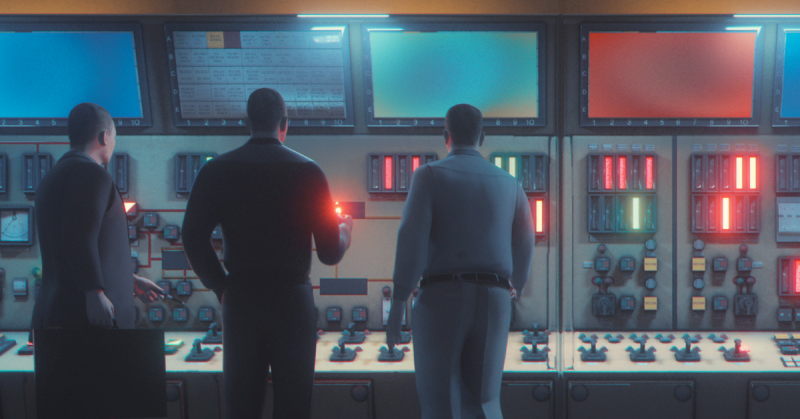One of the biggest challenges in intelligence gathering is simply getting close enough to the target to acquire any meaningful data.
One of the means by which the U.S. Army has overcome this hurdle was by creating a sensor, small enough to hide inside a camera lens, that can quietly and discreetly record the signatures from lasers on Soviet armored vehicles, helicopters, and different weapon systems in East Germany.
The Army’s Intelligence and Security Command (INSCOM) initiated the project in 1977 under the name Trivial Tiger.
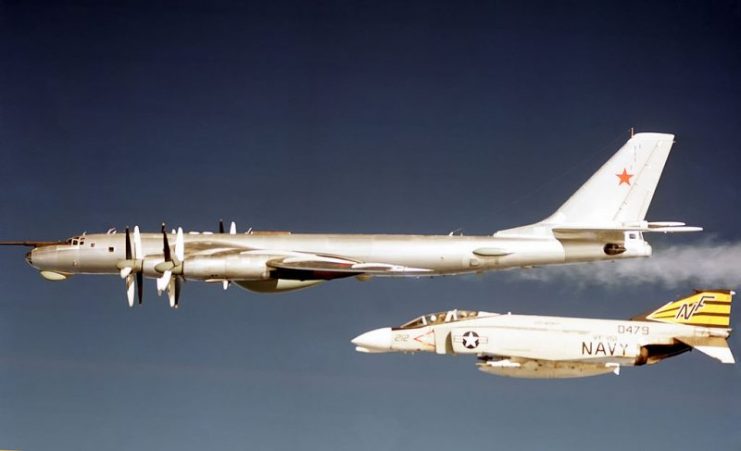
Declassified program details have been included in an INSCOM history, including activities during the 1978 Fiscal Year received through the Freedom of Information Act in 2018, which was then posted by government transparency website GovernmentAttic.org.
The historical review states that a delivery means for these microminiaturized devices was studied with the resultant sensor/camera piggyback configuration. The project’s objective was the acquisition of Electro-Optics signals believed associated with tactical devices such as helicopter-borne target designators, artillery rangefinders, and other weapon systems that use lasers to increase their effectiveness.
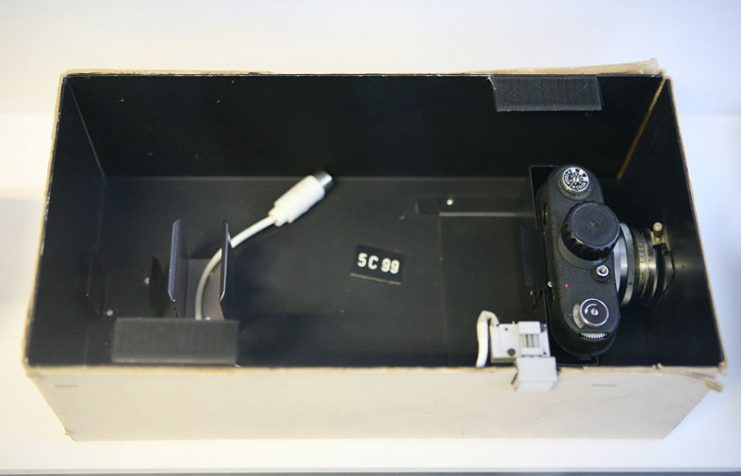
What isn’t entirely clear is how the system worked, what kind of data it was used to record, or even how it recorded the data. The sensors themselves were modified variations of devices INSCOM initially developed under a completely different project called Gravel Stream.
Most of that section of the declassified report was redacted and only one portion of the last sentence left uncensored. It included that the program experienced difficulties with the placement of the sensors, their operation, and with receiving information from them remotely.
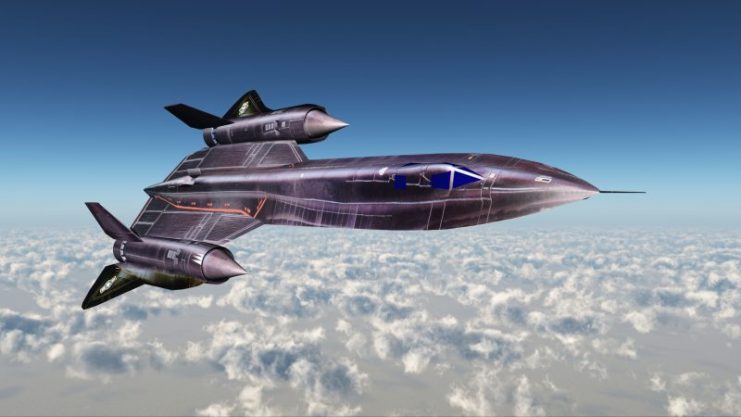
This could potentially explain the decision to convert two of the five Gravel Stream devices into the hand-held Trivial Tiger devices. The implication is that it is possible that the sensor was recording information about possible laser signatures that could otherwise be transmitted using radio frequencies.
The Trivial Tiger configuration was small enough to fit in between a regular Nikon camera and a 1000 millimeter telephoto lens. This had to be so, because the U.S Military Liaison Mission to Commander in Chief, Grouse of Soviet Forces in Germany, made broad use of these cameras.
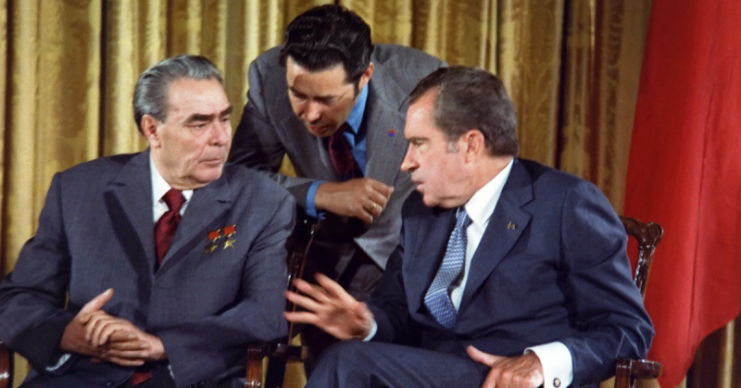
The Soviets would not notice anything out of the ordinary if the sensor was inserted inside. These types of laser systems were coming into prominence in the 1970s, and information-gathering using whatever frequencies they operated on would have been incredibly important to the United States military. Using this information, American engineers could construct defensive systems to both detect and counter them.
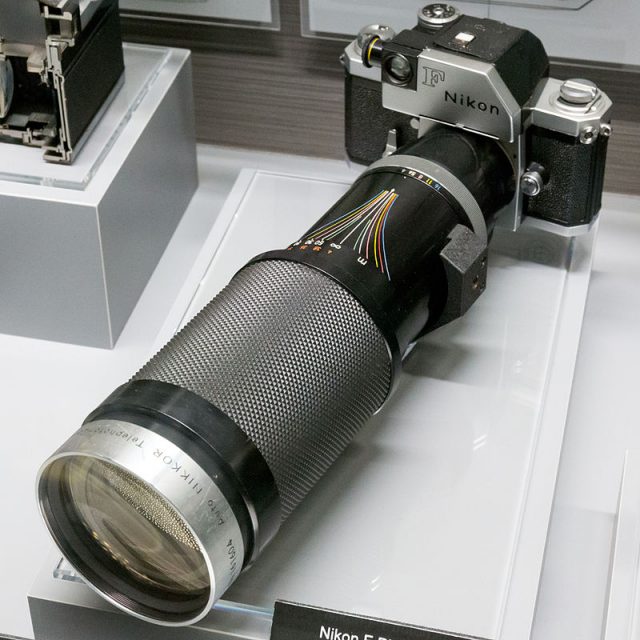
This could serve as an attack warning system for friendly forces on the ground, sea, and in the air, as laser rangefinders and designators would indicate when they are the target of enemy forces. However, the system might also alert those enemy forces to the fact that they are the subject of surveillance, or to the presence of an enemy, based on the signal signatures.
Today, laser warning receivers are commonly featured in self-defense systems for both aircraft and vehicles.
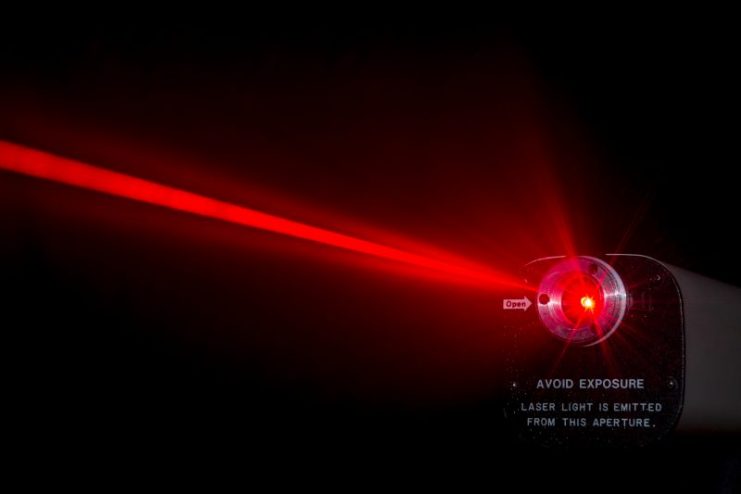
This came about as part of a broader deal between the United States, the Soviet Union, the United Kingdom, and France, at the Potsdam Conference in Germany after the conclusion of the Second World War.
The goal was to decide upon the ground rules for both the occupation and rebuilding of Germany and to increase transparency regarding military activities between the parties involved in order to facilitate the prevention of any confusion or dangerous situations.
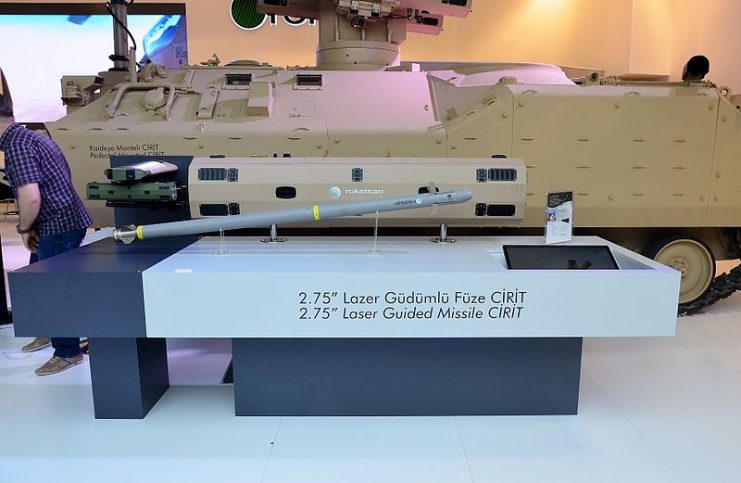
Read another story from us: Cold War Recon – 5 Soviet and Warsaw Pact Reconnaissance Vehicles
Given the general trajectory of the Cold War, the Trivial Tiger sensors made a perfect addition to the Military Liaison Mission’s intelligence gathering. Even if the Soviets had been able to detect the equipment, they would not have had the tools or technology on hand to effectively counter it and would have probably had to directly seize the cameras from American personnel, causing a major incident.
